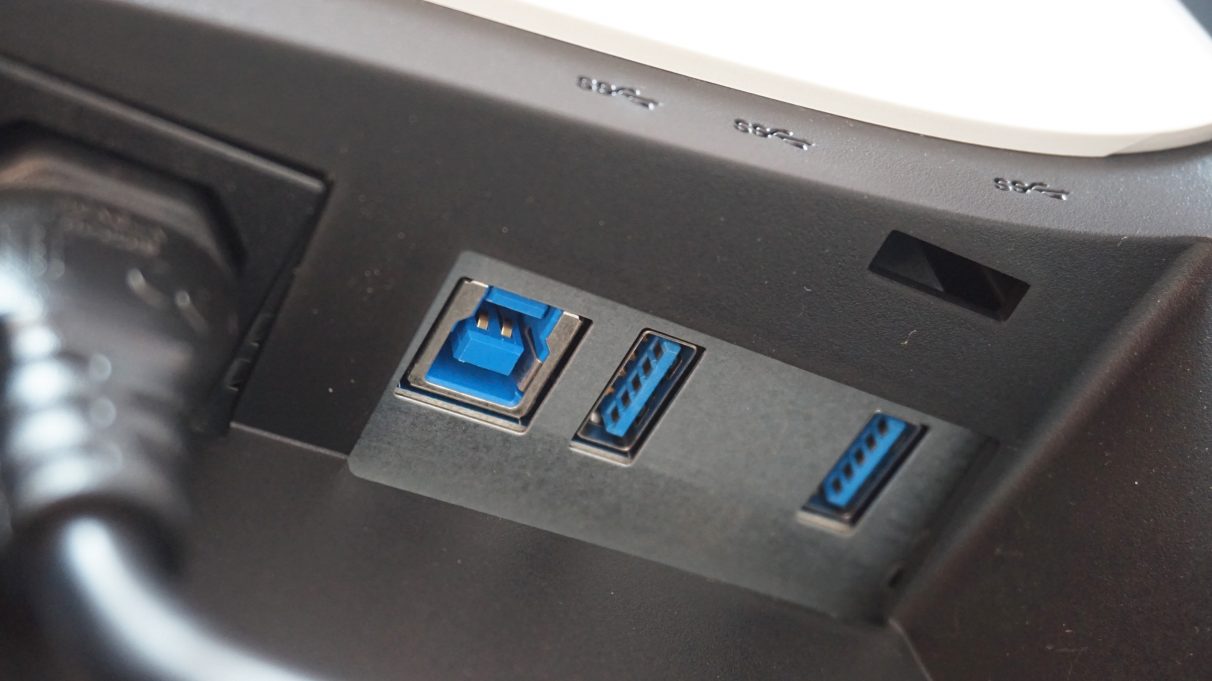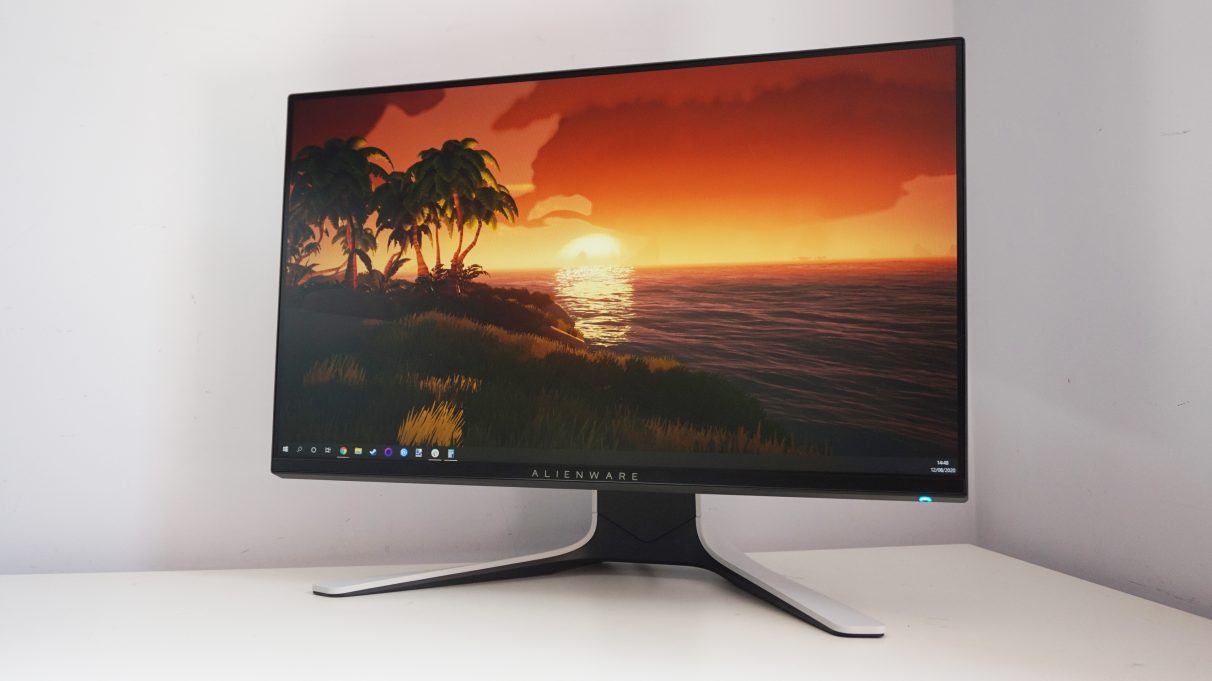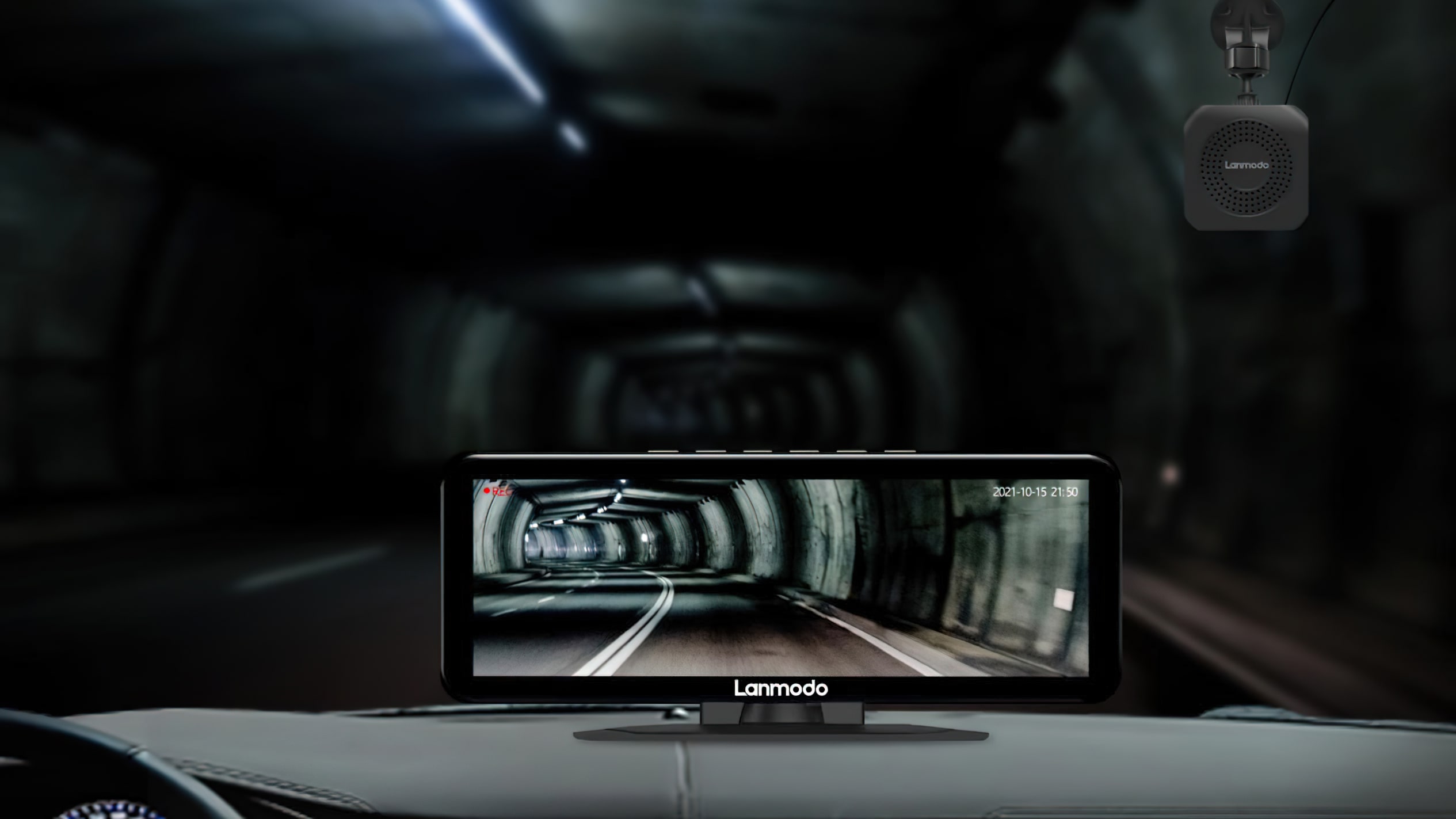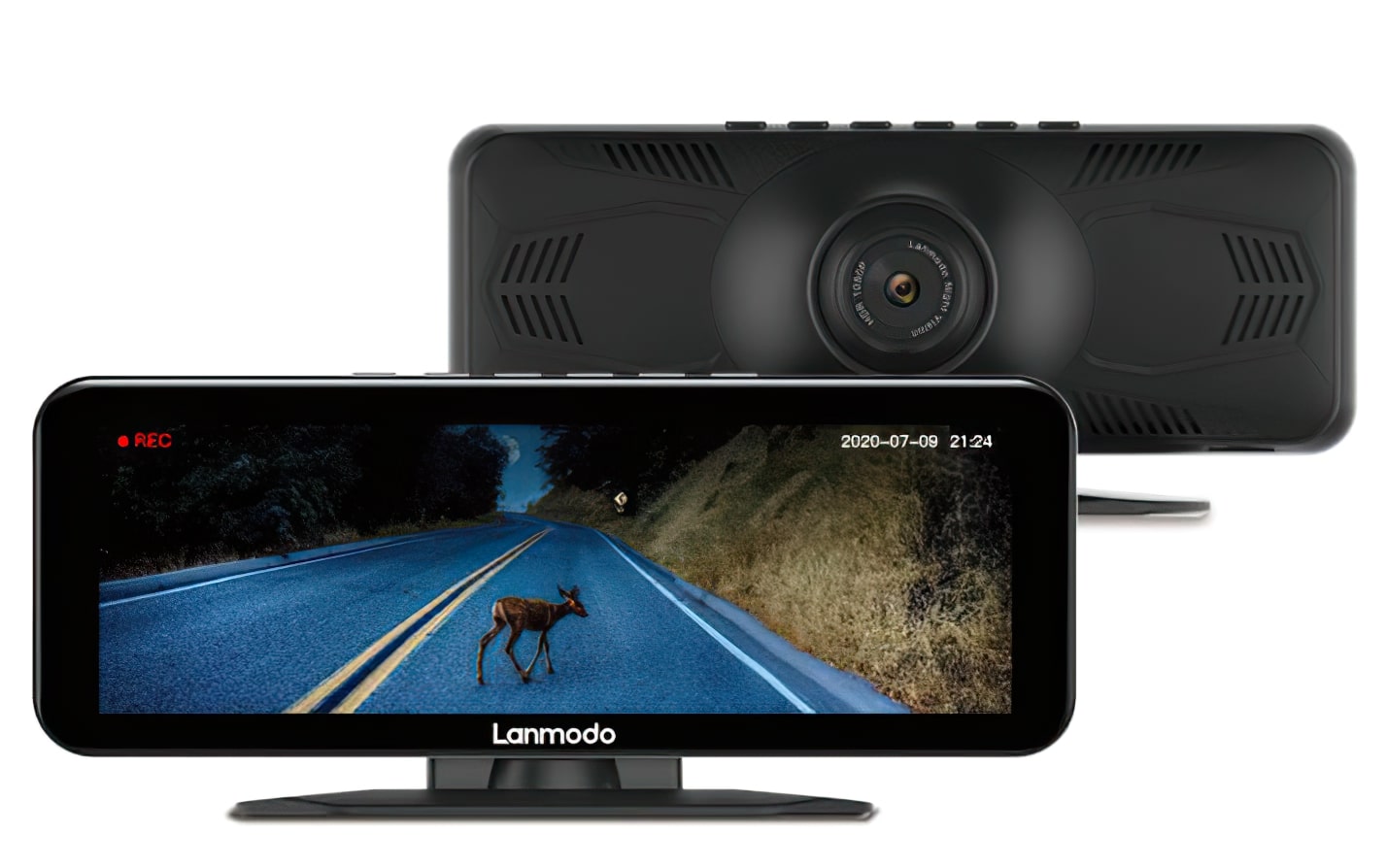
The Alienware AW2521HFL is the most recent model of Dell’s 240Hz gaming monitor, taking up from the wonderful, if now barely dated AW2518H. It’s a Freesync Premium display at its core, however it’s additionally one among Nvidia’s absolutely licensed G-Sync Compatible monitors as properly, making it a fantastic selection for AMD and Nvidia graphics card house owners alike searching for easy, tear-free gaming at excessive refresh charges. Is it a greater purchase than the wonderful worth AOC C27G2ZU, although? Let’s have a look.
The AW2521HFL has one key benefit over the AOC, and that’s the scale of its panel. Both displays have a decision of 1920×1080, however the Alienware’s smaller 25in display means it appears to be like a lot sharper than its 27in rival. I’ve at all times mentioned that 1920×1080 stretched throughout a 27in display isn’t supreme, as whereas it’s positive for games, it’s simply not fairly adequate for on a regular basis desktop duties akin to shopping the online or typing up paperwork. Text appears to be like distinctly hazy and pixellated on a 27in 1920×1080 show, and I at all times really feel like my eyes are having to work more durable after I do something aside from enjoying games on these screens.
On a 25in show, nevertheless, 1920×1080 is totally excellent. It’s simply the correct measurement for this decision, and it means the AW2521HFL is much more versatile consequently. I felt much more comfy utilizing the AW2521HFL for each work and play throughout my testing, and it was usually much more nice to make use of daily.
Alienware AW2521HFL evaluation in a nutshell
The good…
- One of the few 25in, 240Hz gaming displays with full G-Sync Compatible certification
- Good vary of ports which might be simple to get to
- Height-adjustable stand has a great deal of tilt, swivel and rotation to get a great angle
The unhealthy…
- Its IPS panel isn’t fairly as correct as I’d like
- Contrast is beneath common
- More costly than bigger 240Hz displays
Like its AW2518H predecessor, although, the AW2521HFL’s sci-fi-infused, Area 51-style design in all probability gained’t be to everybody’s tastes. Indeed, Dell seem to have actually doubled down on this type of look with their present crop of gaming items, as all the things from their Alienware laptops to their Aurora desktop PCs have related RGB halo rings and large stylised numbers someplace tying all of them collectively. Personally, I’m not notably against it both manner, however it’s positively not as pretty as AOC’s slim, black and pink C27G2ZU.
Fortunately, a variety of the AW2521HFL’s extra eye-catching bits of design are relegated to the rear of the monitor, and you may at all times flip the RGB lighting in its stand utilizing the monitor’s onboard menu system in the event you discover its rainbow-coloured gentle present in your again wall too distracting. As a end result, all you’re actually left with is its rounded, blade-like ft – that are additionally obtainable in black because the AW2521HF in the event you’re not a fan of the Lunar White (therefore the additional L) model I’ve bought on take a look at right here.

The Alienware AW2521HFL can be obtainable in a black AW2521HF variant (the ‘L’ signifying its lunar white design).
More importantly, although, the color accuracy of AW2521HFL’s IPS panel additionally leaves quite a bit to be desired in comparison with its AOC rival. Whereas my X-Rite DisplayPro i1 color calibrator confirmed the AOC C27G2ZU was already displaying a close to excellent 99% of the sRGB color gamut straight out of the field on most brightness, the AW2521HFL solely returned a reasonably sub-par protection rating of 90.9% after I examined it on its default Standard preset. I’d usually anticipate an IPS panel to hit round 96% of the sRGB color gamut, however this was extra according to what I’d anticipate from a great TN panel.
I additionally recorded a really excessive black degree of 1.36cd/m2 (the nearer to 0.00cd/m2, the higher, and most IPS displays have a tendency to attain someplace between 0.20-0.50cd/m2 for the sake of comparability), and a unusually low distinction ratio of simply 236:1. I re-tested this a number of instances to double examine it wasn’t an anomaly, however the identical outcomes stored developing over and over.
I didn’t see a lot enchancment after I converted to its Custom Colour preset, both, which was additionally a little bit of a fear. While I managed to bump up its sRGB protection a bit to 91.5%, its black degree truly elevated to 1.54cd/m2, and its distinction ratio remained at a disappointing 234:1.
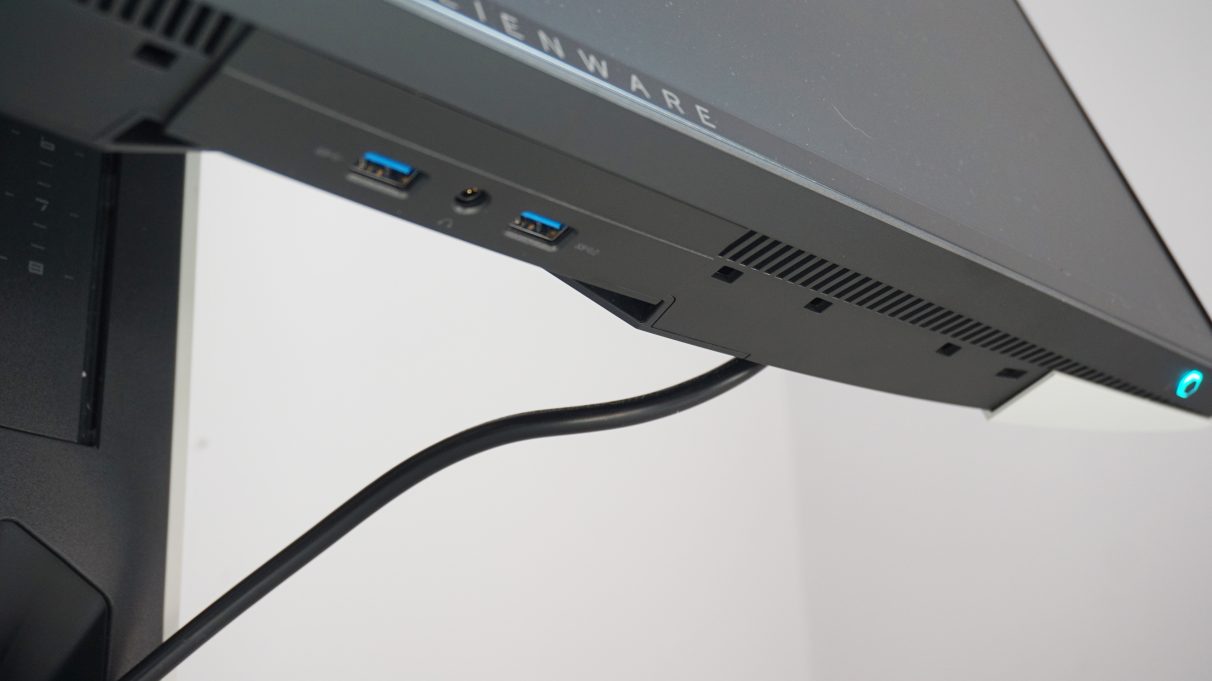
If you fancy connecting your mouse, keyboard and headphones to the AW2521HFL, all the related ports are inside simple attain on the underside of the decrease bezel.
Instead, I discovered that the perfect and most correct preset on the AW2521HFL was its Gamer profile. Usually, Gamer presets truly look quite a bit worse than a monitor’s Standard settings, so I used to be shocked to see the AW2521HFL truly improved right here. I nonetheless solely noticed an sRGB protection rating of 93.8%, admittedly, however its black degree was a way more acceptable 0.42cd/m2 on this preset, and its distinction ratio additionally rose to a more healthy (although nonetheless not sensible) 891:1, so I’d positively advocate switching to this right away to get the perfect and most correct colors. It’s additionally the profile with the very best brightness degree, too, peaking at round 380cd/m2, supplying you with loads of flexibility to deal with all types of various lighting circumstances.
It’s positively higher than making an attempt to fiddle with its Custom Colour preset, if solely as a result of every of its three Gamer profiles offer you precisely the identical degree of management over its dozens of color choices. They’re not notably user-friendly, all instructed, and Alienware may in all probability do with chopping a variety of them to make the onboard menu settings simpler to know. Whereas most gaming displays simply offer you simple RGB bars to regulate up and down, the AW2521HFL splits them into Gain, Offset, Hue and Saturation, and it’s not instantly apparent which settings do what in the event you don’t already know what these particular person phrases truly imply. Then once more, my makes an attempt at calibrating the Gamer preset to try to enhance issues additional didn’t truly yield the outcomes I needed (all the things truly bought just a little worse), so that they’re in all probability greatest left alone anyway.

The Alienware AW2521HFL has three predominant show outputs: two HDMI 2.Zero ports and one DisplayPort 1.2 output.
It’s not simply color settings you get on the AW2521HFL, although. There are additionally particular Sharpness, Response Time and Dark Stabilizer settings, the latter of which artificially brightens the display that will help you spot issues within the shadows. It’s a characteristic typically touted as a ‘must-have’ for aggressive multiplayer games to present you that additional ‘edge’ on-line – particularly when mentioned games are sometimes those that may profit from the AW2521HFL’s 240Hz refresh fee. However, I discovered that the display’s common peak brightness and accompanying distinction ratio from the Gamer preset was greater than sufficient to assist me see all the things that I wanted to in-game.
Then once more, I typically have a tough sufficient time simply maintaining with the very fact I’m enjoying a game at 240fps, not to mention having the response instances to identify different gamers hiding in the dead of night. As I mentioned in my AOC C27G2ZU evaluation, I believe I’m just too outdated and gradual to totally recognize the pace and smoothness supplied by 240Hz gaming displays, as my eyes merely can’t sustain with what’s enjoying out onscreen. I can deal with 144Hz simply positive, however 240Hz is past me. That’s to not say you shouldn’t purchase a 240Hz gaming monitor full cease, after all, and I’m positive there are nonetheless loads of individuals on the market who can sustain with it and recognize the distinction it provides over a 144Hz gaming monitor. Besides, refresh charges are solely set to extend over the approaching years, and Asus have simply introduced they’re releasing their first 360Hz gaming monitor this September.
That 240Hz refresh fee does come at fairly a value over 144Hz gaming displays, although (my current favourite is the £200 / $200 AOC 24G2U), and personally I feel most individuals will likely be served completely properly by one among these displays reasonably than shelling out one other hundred quid for a 240Hz job.
However, even in the event you’re completely decided to get a 240Hz display, the AW2521HFL continues to be fairly a bit dearer than a few of its different 240Hz rivals. The AOC C27G2ZU at present goes for £300 within the UK (it’s nonetheless out of inventory within the US), for instance, as does Samsung’s 27in CRG5 at £300 / $370. The Alienware AW2521HFL, however, will set you again £329 / $385 at time of writing, which means you’re truly paying extra for a smaller display general.
As I mentioned earlier, I’d in all probability choose to pay that little bit additional to get a smaller display, if solely so I may do extra with it than simply enjoying games with out feeling like I have to get my eyes examined each 5 minutes. However, the AW2521HFL’s lower than stellar panel does maintain it again in my estimation, and I want it had higher distinction and only a smidge extra sRGB color gamut protection to make it extra aggressive. Still, supplied you jump over to one among its three Gamer presets, it’s nonetheless a superbly all proper gaming display general, and I feel that its sharper pixel density and the additional versatility it provides nearly outweigh the niggles I’ve with the standard of its panel. It’s not a very simple advice, however in the event you’re after a display you should use for each work and play, the AW2521HFL is an honest selection.
